In one scene of his book trailer, a group of boisterous children gleefully follow a brightly clad Sapeur down a narrow dirt road. The kids laugh and cheer as their hero decked out in the finest designer attire sashays and struts through their neighborhood, an impromptu parade of pride – all flash and color, joy and defiance in the midst of slum life.
In just a few seconds of video, British photographer Tariq Zaidi captures the heart and soul of La Sape, Société des Ambianceurs et des Personnes Élégantes (Society of Ambiance-Makers & Elegant People), a philosophy and subculture centered in the neighboring cities of Kinshasa and Brazzaville in the Democratic Republic of the Congo and Republic of Congo respectively.
Zaidi saw his first Sapeur in 2013 while traveling by land from Morocco to South Africa.
“I was fascinated by how he [the Sapeur] looked given his surroundings,” Zaidi says. “I promised myself I would come back and find out more about him and other Sapeurs.”
The photographer returned in 2017 returned twice more to create the series for his award-winning first book, “Sapeurs: Ladies and Gentlemen of the Congo,” published in September 2020 (Kehrer Verlag) and now on its second edition (October 2021). The volume was recognized by Pictures of the Year International as a Finalist for “Photography Book of the Year 2020” and was selected by Vogue as one of the “Best Fashion Books of the Year 2020.”
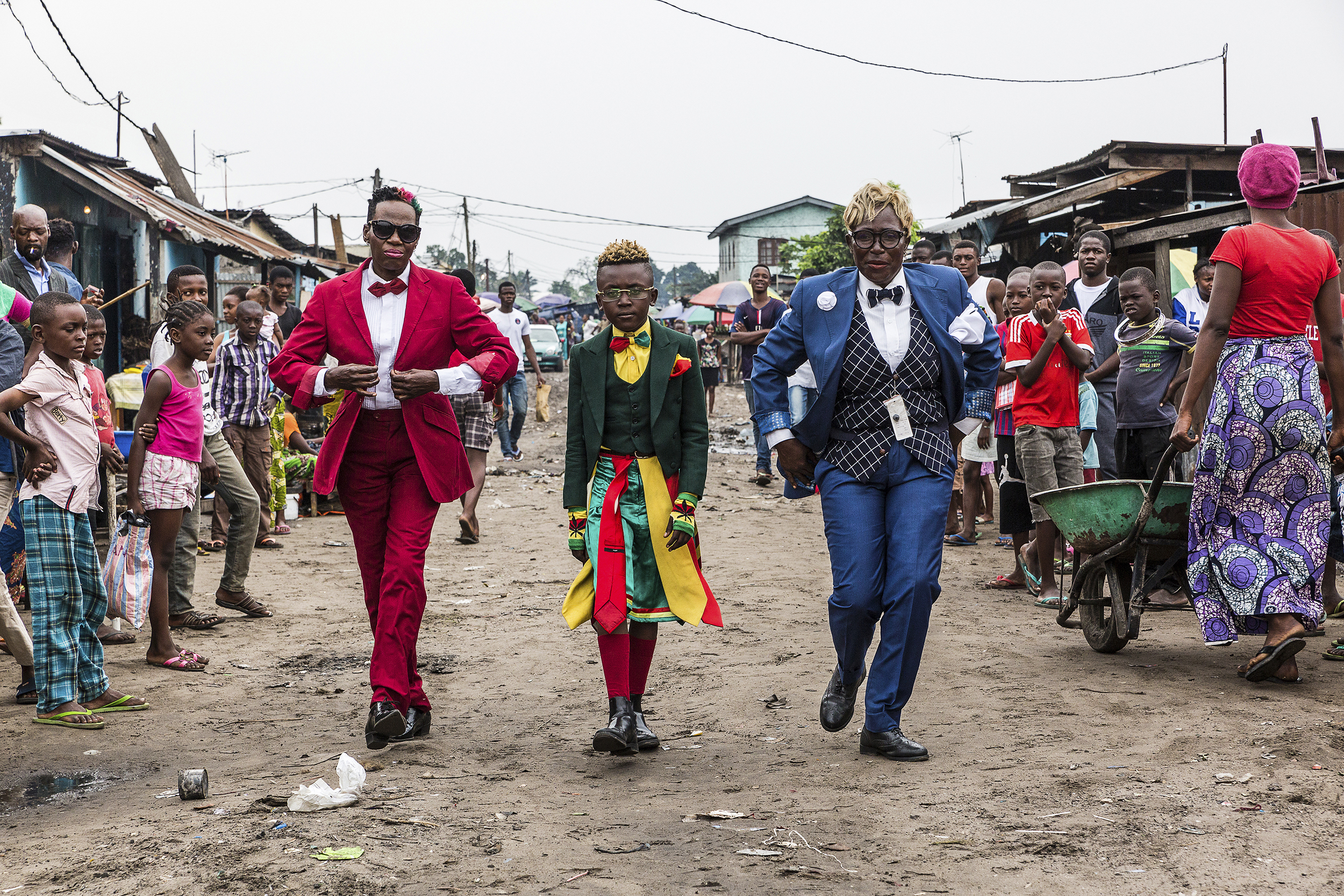
Unlike most other photography featuring Sapeur culture, Zaidi chose to photograph his subjects in their communities, where their presence and way of life represents much more than a fashion statement.
“Being a Sapeur is about clothes, but it’s also an attitude and a way of being in the world,” Zaidi says. “It’s telling the world that no matter what my environmental condition is, I am still human, and I still have dreams and aspirations. And I can still look amazing if I want to. Sapeurs are treated as rock stars in their community because they defy their material circumstances.”
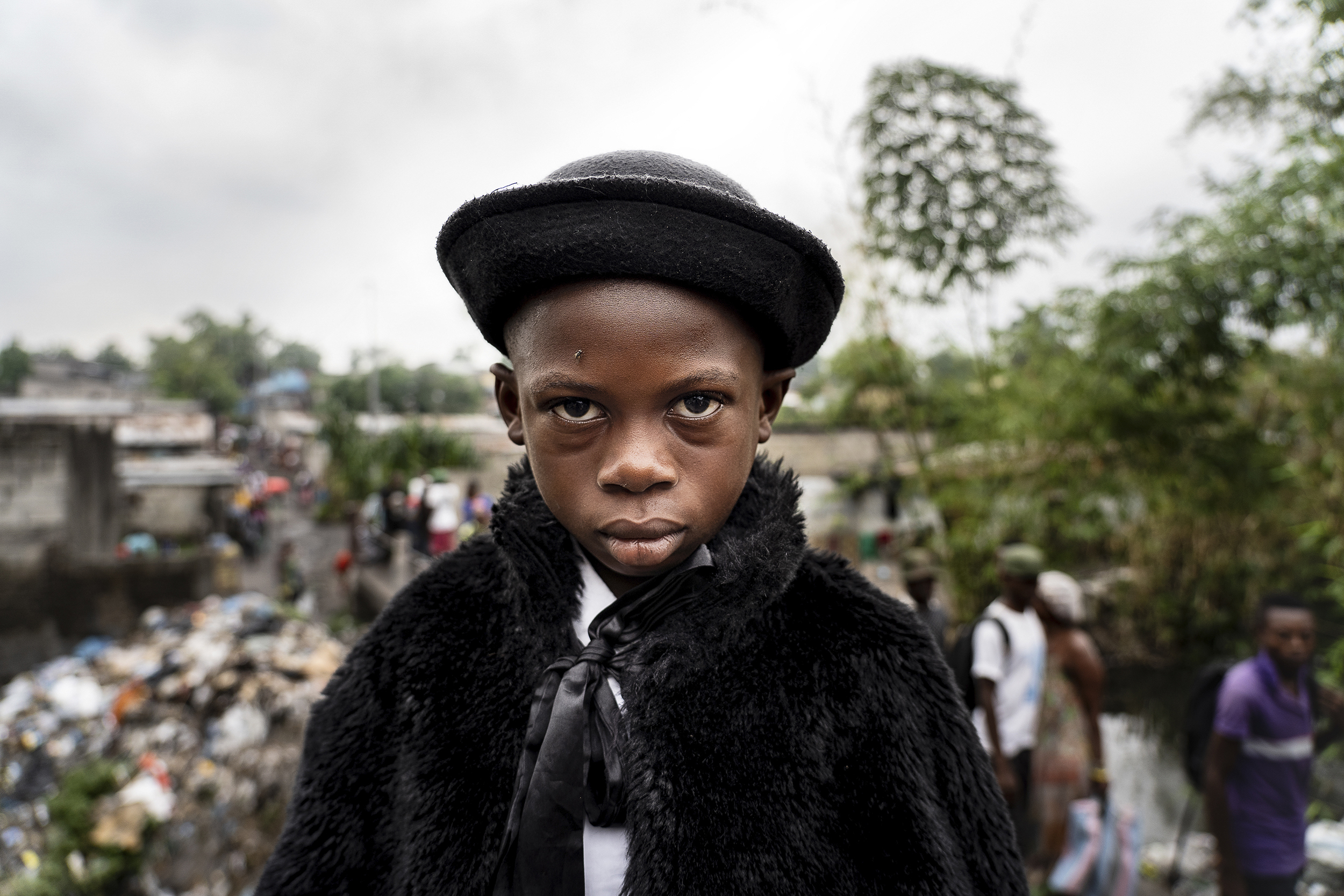
Most Sapeurs have ordinary day jobs – laborers, taxi drivers, grave-diggers, gardeners and the like. But when their shift ends, they take on a spectacular persona, transforming themselves into high-swinging dandies.
Zaidi explains that at the core of the culture is asserting oneself boldly, even defiantly against their living conditions, poverty, war, and a long, brutal history of colonialism.
“As Papa Wemba, a Congolese singer and fashion icon who popularized Sape, once said, ‘White people invented the clothes, but we make an art of it.’”
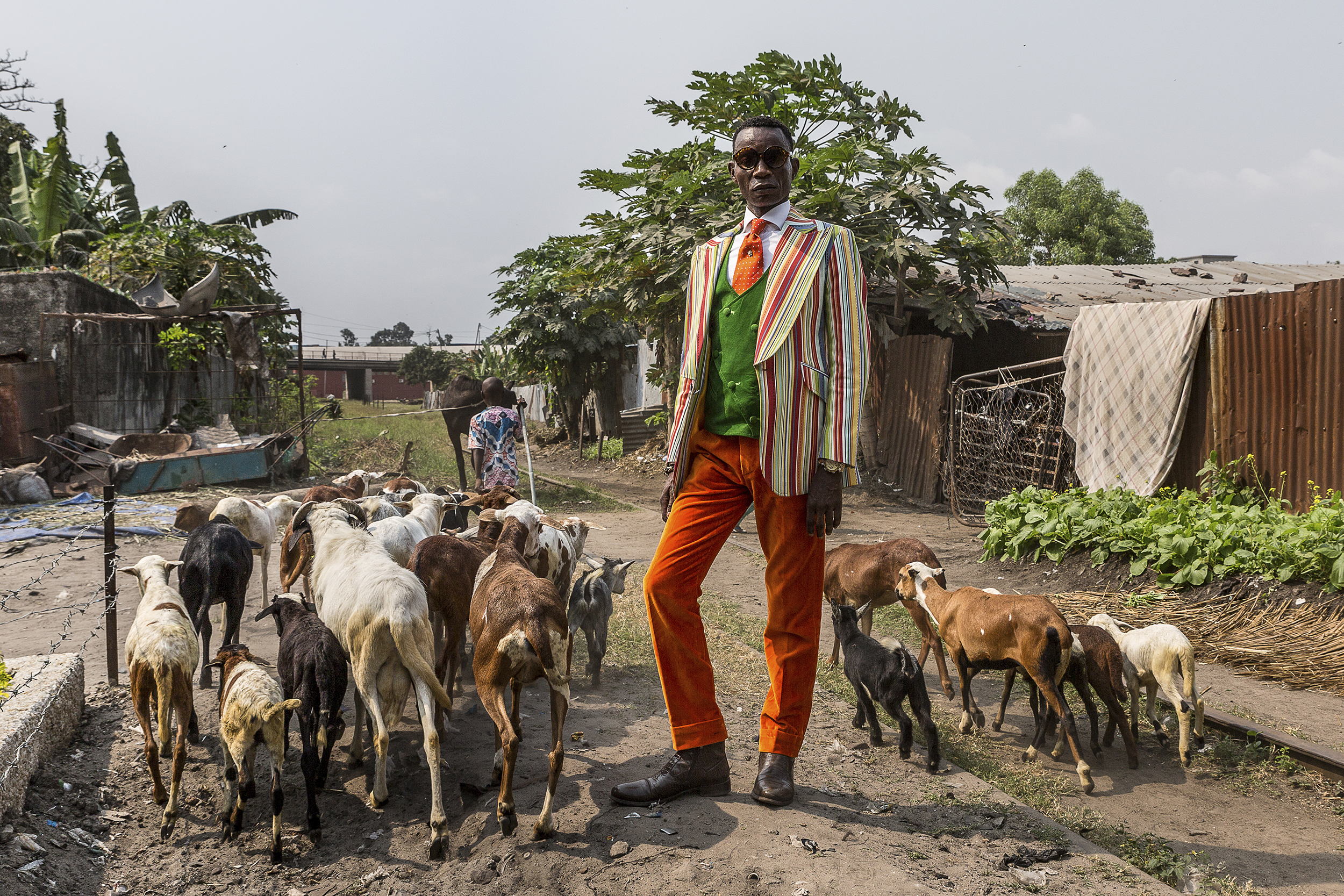
At first, Zaidi focused his series in Brazzaville’s predominantly male Sapeur culture, but on subsequent trips expanded his work to Kinshasa, a larger and “less easy” more chaotic environment.
“This book has pictures from both cities and shows how the style is different: French-influenced classical in Brazzaville and more flamboyant and eccentric in Kinshasa, where anything goes. I also wanted to spend time with Sapeurs in their homes and communities to understand what being a Sapeur means to the person wearing the clothes and to those in the communities where they live. That’s how I found out about women Sapeurs (Sapeuses) and children Sapeurs, who are relatively new and hard to find. Around 10-15% of Sapeurs I met were women and even rarer were children Sapeurs.”
Zaidi said the most challenging aspect of his project was physical. Permits, Visa issues, traffic, humidity, transportation and lack of infrastructure were other challenges he faced.
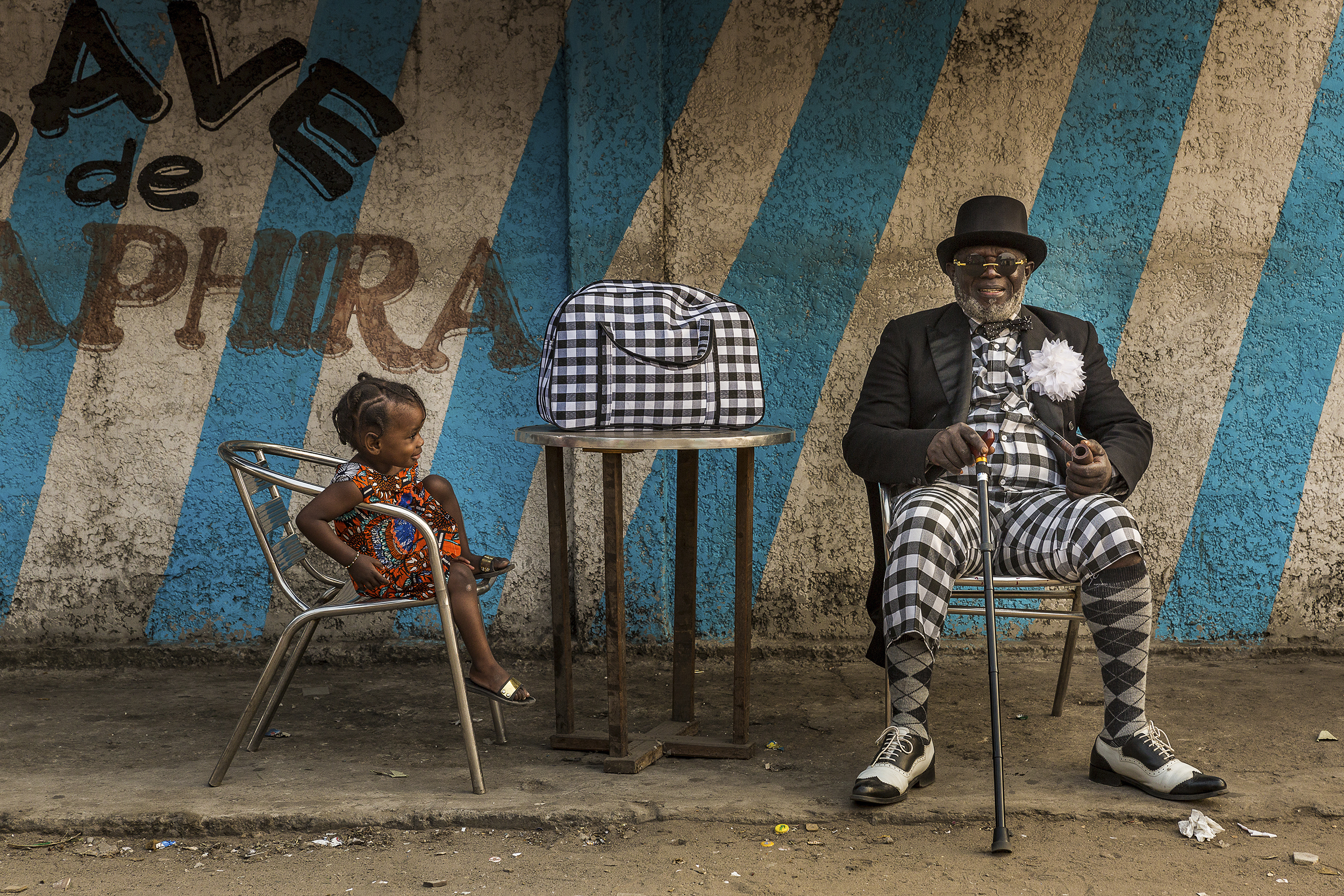
“Most Sapeurs come from a very humble background and do not have access to phones, social media or the internet, or a postal address as such… so I had to send a scout out to the communities they lived in to let them know I was coming. I mostly took pictures in the morning and the late afternoon to take advantage of good light and to deal with the heat, and the logistics involved in moving between the communities in which they lived in and dealing with Kinshasa traffic were not uncomplicated,” Zaidi explains.
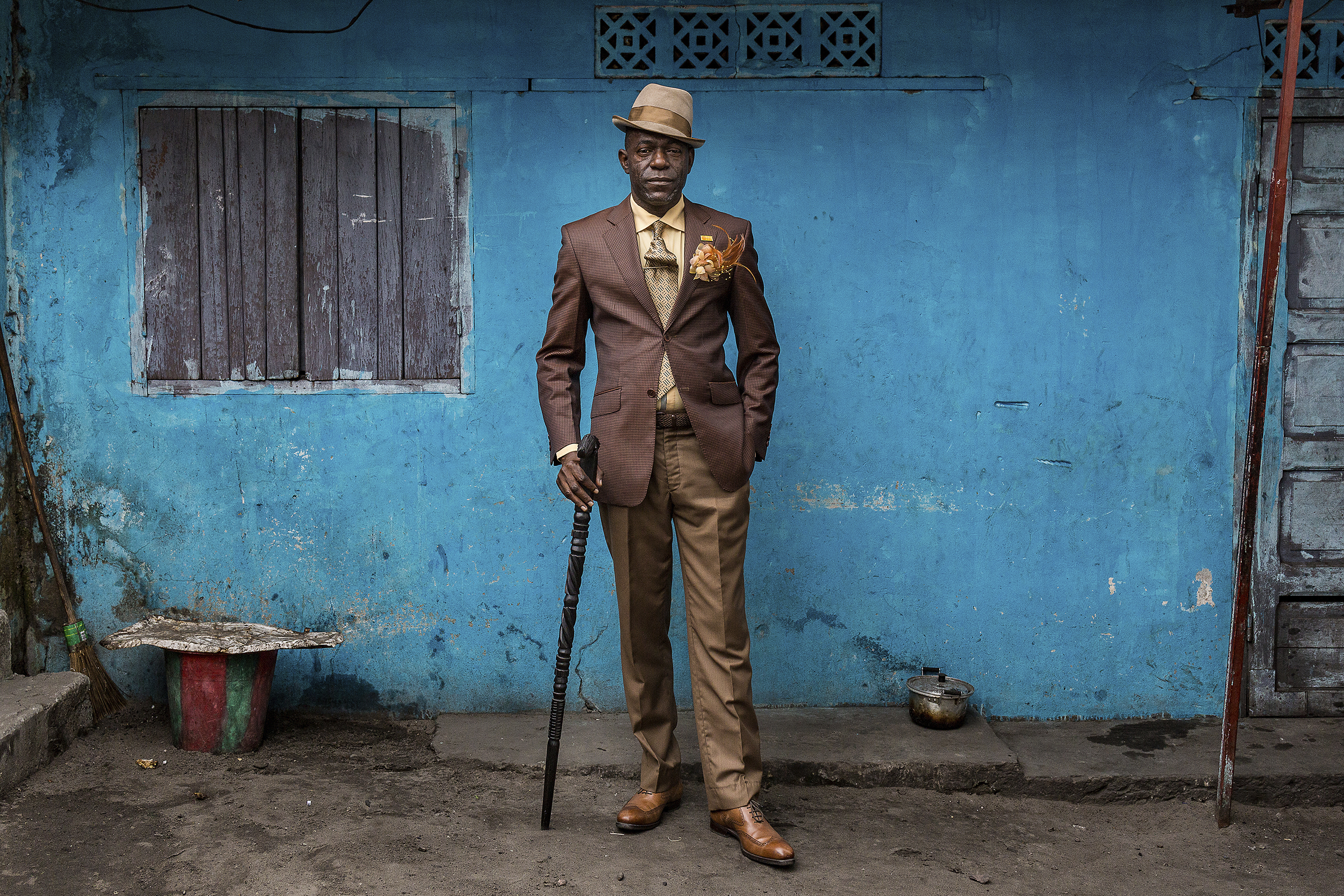
Many Sapeurs were apprehensive about his presence, he says, but it was typically the Sapeurs themselves who created a safe and welcoming environment “by informing their community that I would be coming.”
Moving beyond the original series project to publishing a book came about due to the reaction Zaidi received anytime he showed the images to friends, family or colleagues. He wanted to make his collection accessible for all to enjoy and learn from.
“People were always amazed by the colors and fashion sense of the Sapeurs, and, like the inhabitants of the communities in which the Sapeurs live, were full of wonderment and joy. Part of why one becomes a Sapeur is to instill joy and amazement in others, and to show off a unique fashion aesthetic,” he says. “My aim was to help spread this aesthetic and introduce others who may not otherwise heard of Sapeurs to this unique subculture.”
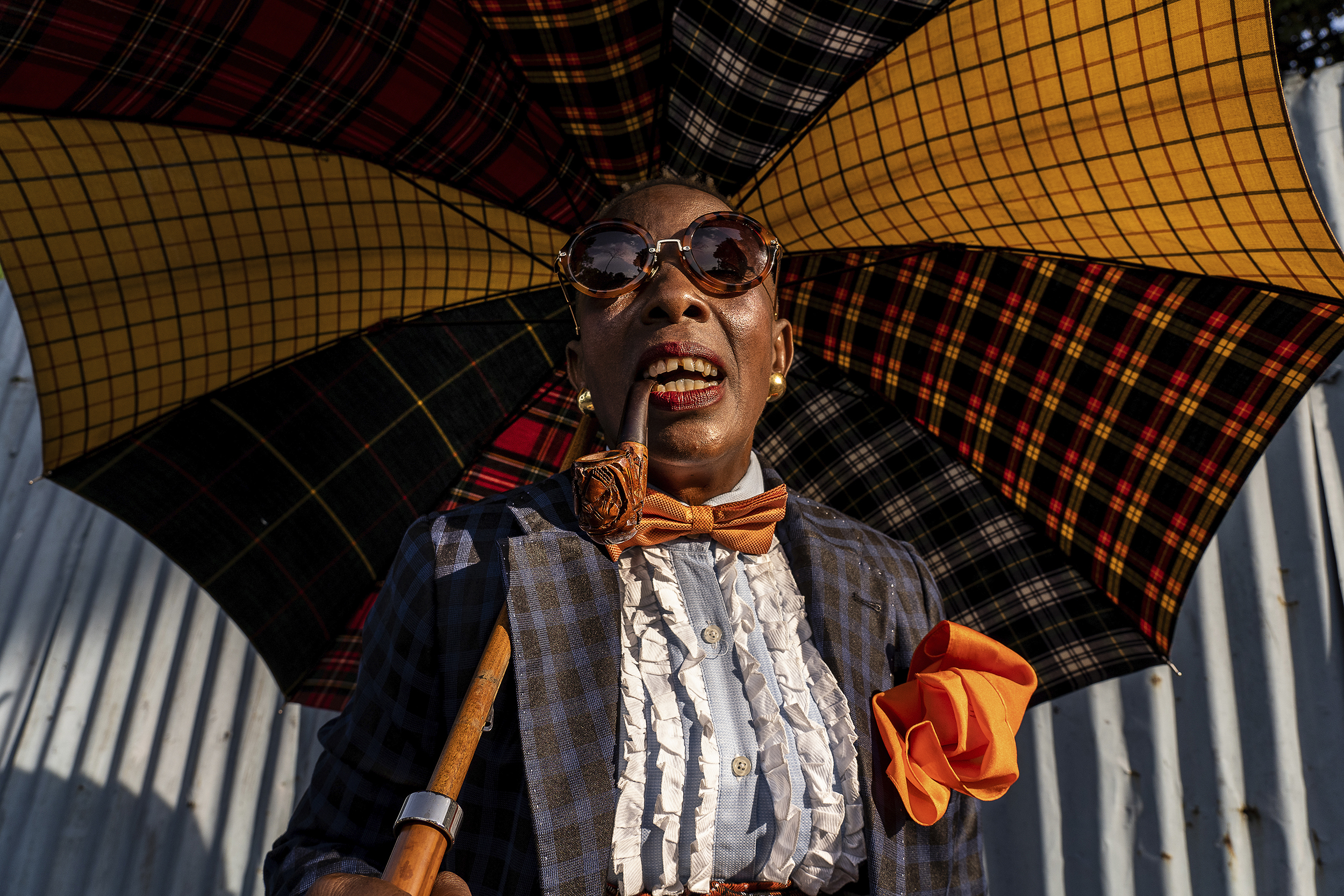
Zaidi recently published his second book, “Sin Salida (No Way Out)” documenting the impacts of the notorious Mara Salvatrucha gang (MS-13) and its rival Barrio 18 gang members on El Salvador (GOST Books UK). He is currently launching the book and work and focusing on showing it in exhibitions in 2022.
Tariq Zaidi is a freelance photographer. He has worked in 22 countries across four continents, mainly in the developing world. His photography focuses on documenting social issues, inequality, traditions and endangered communities around the world. His work has been shown in over 80 international exhibitions and featured in many publications, including The Guardian, BBC, CNN, National Geographic, Newsweek, Los Angeles Times, Washington Post, Foreign Policy, Smithsonian Magazine, Spiegel, Al Jazeera, Corriere della Sera, Sydney Morning Herald, Vogue, Marie Claire, GQ, Esquire, El Pais and Times of London among other respected international titles.
Tariq has been the recipient of many international photography awards: including eight Pictures of the Year International (POYi), UNICEF Photo of the Year Award and Amnesty International Media Awards amongst others.
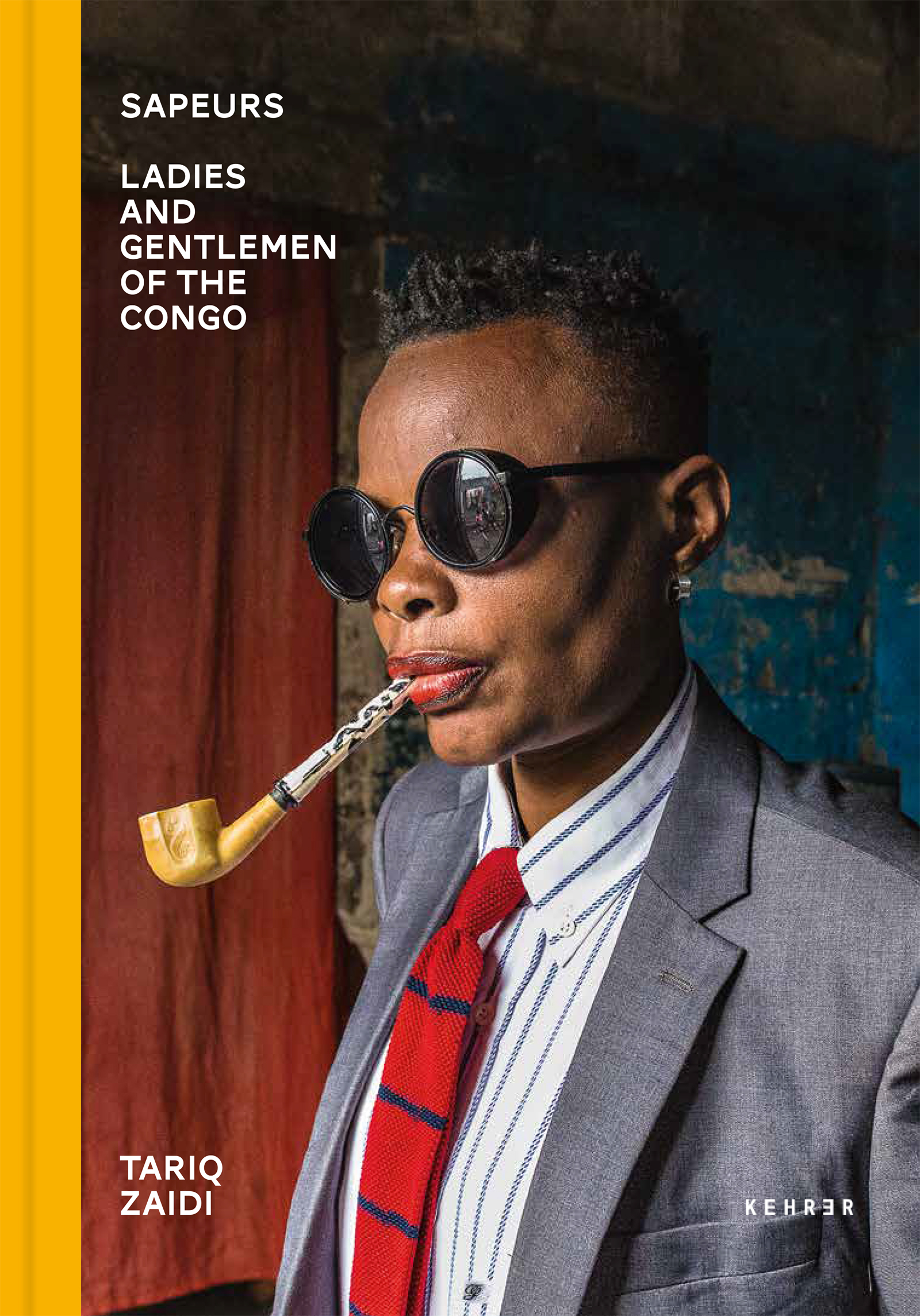
TARIQ ZAIDI
WEBSITE
TWITTER
FACEBOOK
YOUTUBE
INSTAGRAM
ABOUT THE AUTHOR
Gina Williams is a Portland, Oregon USA based journalist and poet. She covers photography and photographers internationally. Learn more about her and her work at GinaMarieWilliams.com and follow her on Instagram at @gina_williams_writes





Blount Lynne
December 10, 2021 at 19:56
Fabulous photographs and an amazing read.
Gina Williams
January 2, 2022 at 02:18
Thanks very much! I’m thrilled you enjoyed this piece. –Gina